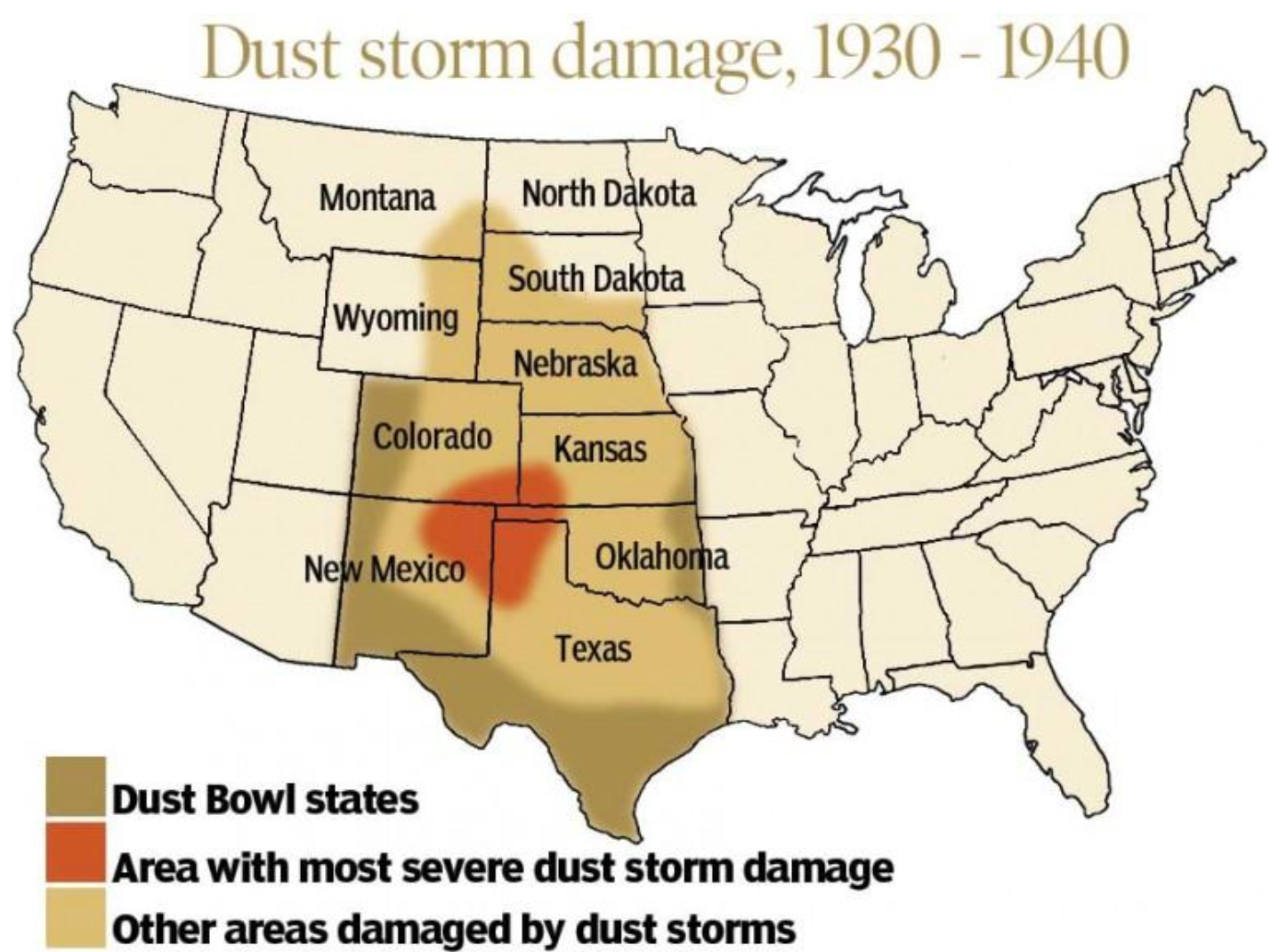Comment on one or both:
1. How can you relate the above picture with Jackson Turner's "thesis of the frontier"?
2. Turner codifies types of manly behavior in accordance with their mobility/progression and fixation in the land. Describe how this typification works and comment on it.



1. The picture of the Manisfest Destiny and Jackson Turner's thesis of the frontier are related. The thesis of Turner includes American identity, democracy and culture are formed through westward movement and the opportunities that 'frontier' had, the possibilities for American institutions to develop. The painting literarily shows a Westward movement, a movement with technologies and civilization, where civilization and savagery met. The figure on the painting represents and is the personification of the United States. Here she holds a book, a representation of enlightenment and education, she takes with her what the westward movement took with it as well. The native people at the front, let in the dark, where also left behind with the closing of the frontier. So the painting shows visually what Turner meant by his thesis.
ReplyDeleteTurner's thesis explains the central role of the frontier and westward expansion in shaping American identity and individualism. Turner believes this era of westward expansion brought great unity and independence to America. He explains that the bravery, and hardwork of the men during manifest destiny shaped American values. However, praising the conquest and ownership adds to the patriarchal narrative where men are put on top for their "civilizing" efforts. In the thesis, he really glorifies this expansion, although there is a lot to criticise. The image shows a glowy, white, almost angel looking lady and people moving forward toward manifest destiny. There is no violence or gore in the image and it makes for a peaceful and righteous looking picture. This is very similar to the attitudes we see from Turner, where he paints expansion as a time of excellence for America. Although there was much success in exploration of the frontier, we must also recognize the tragedies that occurred during this time.
ReplyDeleteThe painting American Progress, which represents Manifest Destiny, shows Americans moving west, pushing out Native people, and spreading technology, freedom, and civilization across the country. We can connect this work of art to Turner's frontier thesis because he explains that the frontier shaped American identity, making people tough, independent, and democratic as they moved west and tamed the land. As Turner writes "The frontier is the line of most rapid and effective Americanization" (page 207 of the textbook). This shows how he believed the frontier turned settlers into true Americans.
ReplyDeleteThis comment has been removed by the author.
ReplyDeleteJohn Gast’s painting serves as a powerful visual embodiment of Manifest Destiny, aligning closely with Frederick Jackson Turner’s 1893 Frontier Thesis. Both works celebrate westward expansion, highlighting themes of progress, civilization, and national destiny.
ReplyDeleteIn the painting, the figure of Columbia leads settlers into the western frontier, symbolizing technology and enlightenment through telegraph wires and a school book. This imagery echoes Turner’s belief that the frontier was essential to American democracy, fostering rugged individualism and innovation. As settlers transformed wilderness into thriving communities, they created a distinct American identity. Nevertheless, both Gast’s romanticized depiction and Turner’s thesis have faced criticism for overlooking the violence and displacement inflicted upon Native peoples. Despite these criticisms, the synergy between Gast’s artwork and Turner’s ideas illustrates the deep-rooted myth of the frontier in 19th-century American thought and identity.
The picture above relates to the American frontier moving further west across the territory. I think, however, that the angel, also moving west, symbolizes the significance Turner attributes to this period in American history. The angel, representing something greater, echoes how Turner sees the frontier as shaping the "greatness" of America. This includes the development of democracy, American exceptionalism, and a sense of manifest destiny, as well as the United states's distinct differences from Europe.
ReplyDeleteTurner divides masculine behavior into three main types. First, there are the pioneers, who rely on subsistence living, people surviving directly off the land, in constant contact with the wilderness. Then comes the builder, who begins to shape and adapt the land according to his needs, while still living a modest life. Finally, there are the men of capital and enterprise, who see the land as an opportunity for profit and expansion, development, investment. From the most primitive to progress.